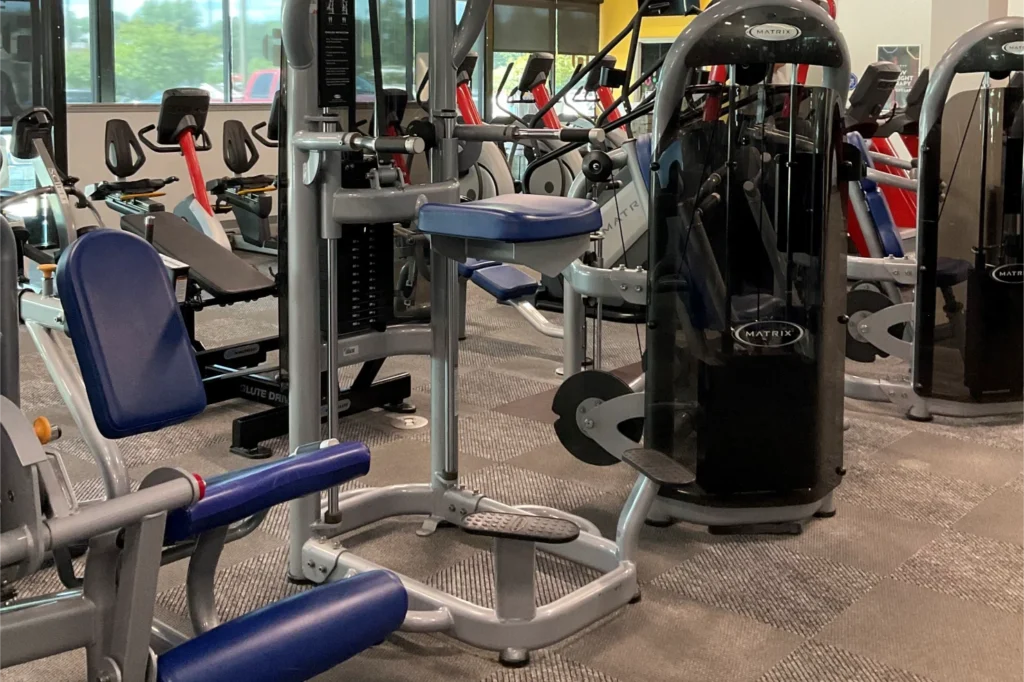Weight lifting isn’t just for bodybuilders or professional athletes; it’s a transformative exercise regimen that women of all ages can benefit from. Incorporating weight training into your fitness routine can lead to improved muscle tone, increased metabolic rate, and enhanced bone density. Despite its benefits, many women shy away from weightlifting due to misconceptions about bulking up or not knowing where to start. This guide is designed to demystify weight lifting and provide you with the necessary tools to confidently begin your strength training journey.
Get to know the basics of weight lifting
Weight lifting, often referred to as strength training, involves the lifting of free weights like barbells and dumbbells or using weight machines to build muscle and strength. Beyond just equipment, weight lifting encompasses a variety of techniques that target different muscle groups, making it a versatile component of any fitness regimen. There are two main types of strength training:
- Isolation exercises: These focus on one muscle group at a time, such as bicep curls or tricep extensions.
- Compound exercises: These involve multiple muscle groups and joints, like squats or bench presses, offering more functional fitness benefits.
Setting realistic goals
Before you start lifting, it’s crucial to set clear, realistic goals. Are you lifting for strength, endurance, or muscle tone?
Do you want to improve your overall health or achieve a specific physique? Setting specific, measurable, achievable, relevant, and time-bound (SMART) goals can keep you motivated and provide a clear roadmap to success.
Start with simple objectives like learning the proper form for each exercise or gradually increasing the weight you lift.
Form and technique: The foundation
One of the most critical aspects of weight lifting is mastering proper form and technique. This not only maximizes the effectiveness of each exercise but also minimizes the risk of injury. Here are key pointers to keep in mind:
- Start with light weights: Learn the movements without any weight or with very light weights to focus on your form.
- Use a mirror: This helps you see your form and correct any misalignments.
- Keep movements controlled: Avoid using momentum to lift the weights; the motion should be slow and deliberate. If you think you would benefit from professional assistance, get connected with our personal trainers in South Congaree.
- Breathe properly: Exhale when you exert force and inhale during the less strenuous phase of the exercise.
Developing a starter routine
For beginners, a simple, balanced routine that incorporates the major muscle groups is key. Aim to train two to three times per week, allowing adequate rest days in between. A good starter routine might include:
- Squats: Targeting the lower body and core.
- Push-ups or chest presses: Focusing on the chest, shoulders, and triceps.
- Rows: Strengthening the back and biceps.
- Planks: Engaging the entire core.
Progression and overcoming plateaus
As your body adapts to your workout routine, you’ll eventually hit a plateau where progress seems to stall. This is a natural part of the strength training journey. To continue advancing, consider:
- Increasing the weight: Gradually add more weight while maintaining proper form.
- Varying your routine: Change your exercises, order, or tempo to challenge your muscles differently.
- Incorporating interval training: Add high-intensity bursts to increase endurance and strength.
Incorporating recovery into your routine
Recovery is just as important as the workouts themselves. Ensure you:
- Get enough sleep: Aim for 7-9 hours per night to allow for muscle repair and growth.
- Incorporate active recovery: Gentle movement on rest days, like yoga or walking, can aid in muscle recovery.
- Use proper stretching techniques: Post-workout stretching can help reduce muscle soreness and improve flexibility.
Safety tips to prevent injury
Maintaining safety while weight lifting is crucial, especially for beginners. To avoid injuries:
- Always warm up: Prepare your muscles and joints for the workout ahead.
- Don’t lift alone: When using heavier weights, have a spotter to assist you.
- Stay hydrated: Drink water before, during, and after your workout to keep your muscles hydrated and flexible.
Motivation and consistency
Staying motivated and consistent is often the biggest challenge. Keep your routine engaging by:
- Setting small, frequent goals: Achieving these can provide a continuous sense of accomplishment.
- Mixing things up: Try new exercises or classes to keep your routine exciting.
- Rewarding your progress: Treat yourself for reaching milestones, whether it’s a new workout outfit or a relaxing massage.
If the main reason you’re going to gym is weight loss, take a look at these HIIT strategies for endomorph women to maximize fat loss.
Final thoughts
Weight lifting can be a powerful tool for women seeking to strengthen their bodies and boost their overall health. By starting with the right techniques, progressing wisely, and focusing on recovery, you can build a sustainable and enjoyable strength training routine.





